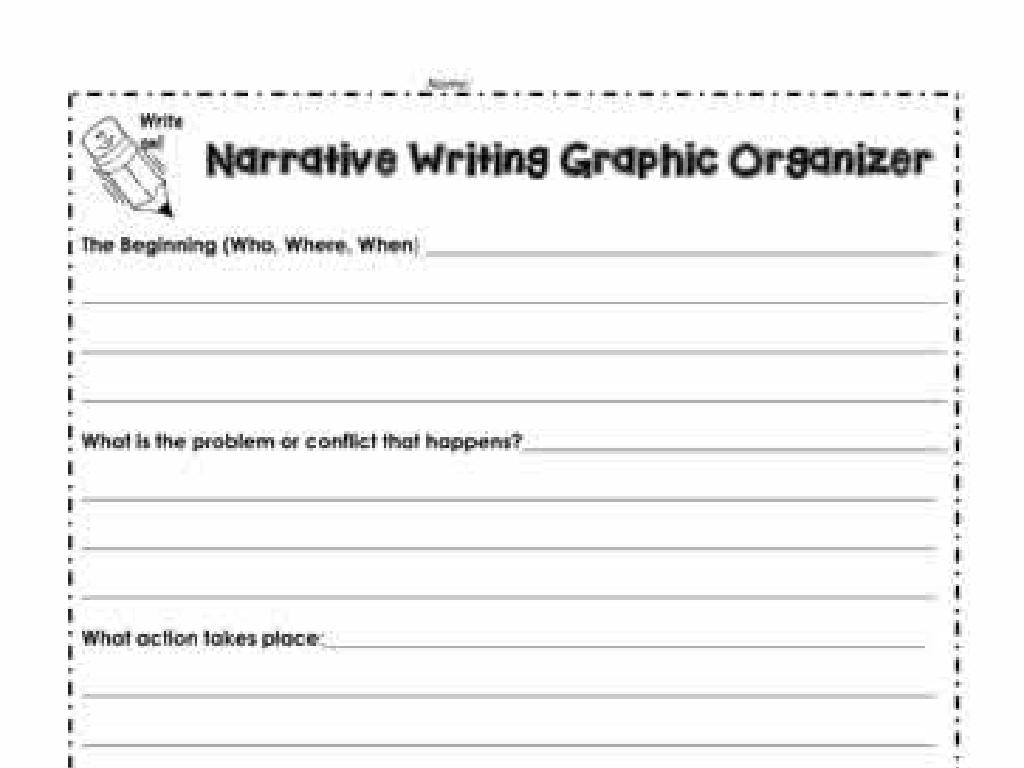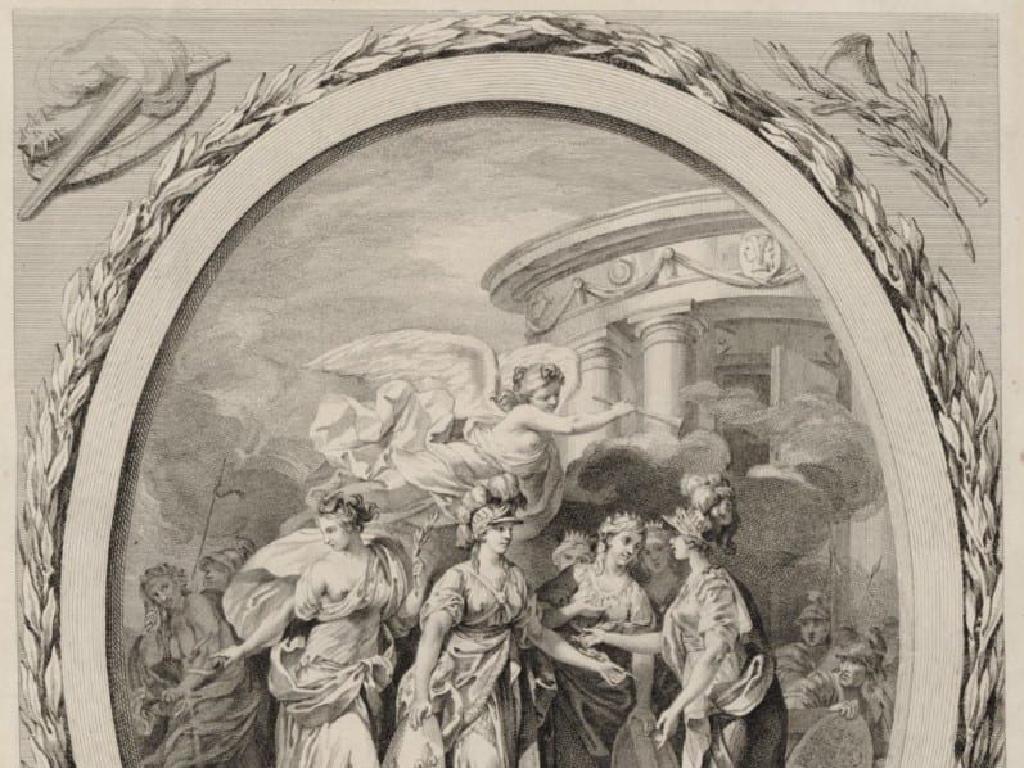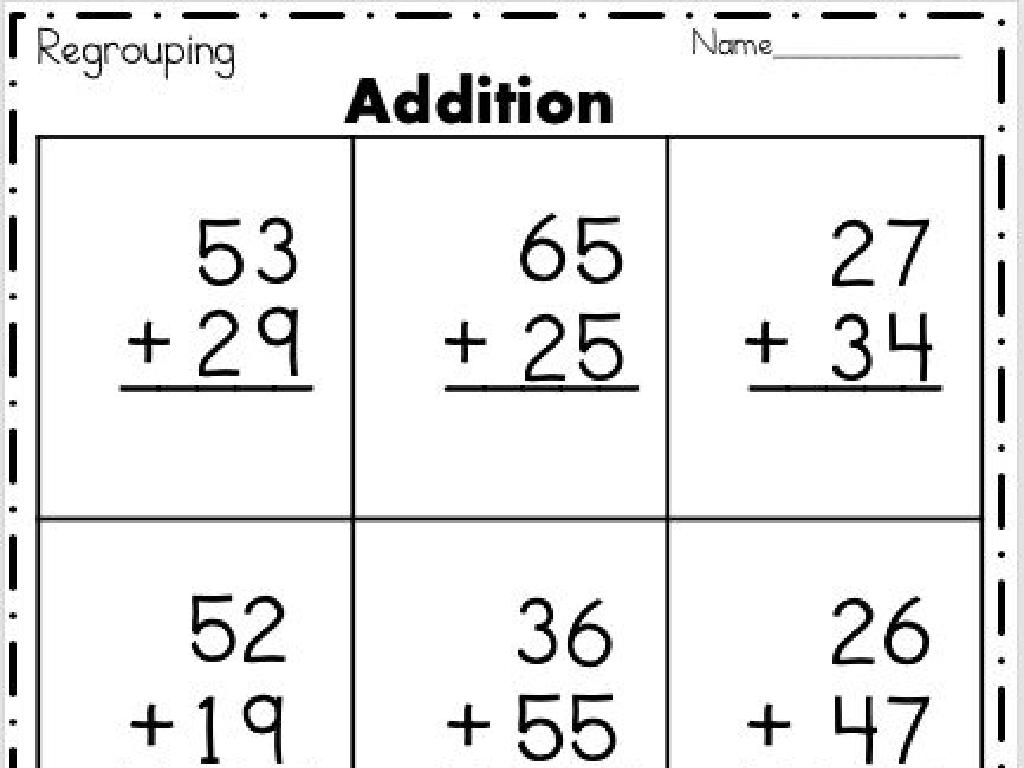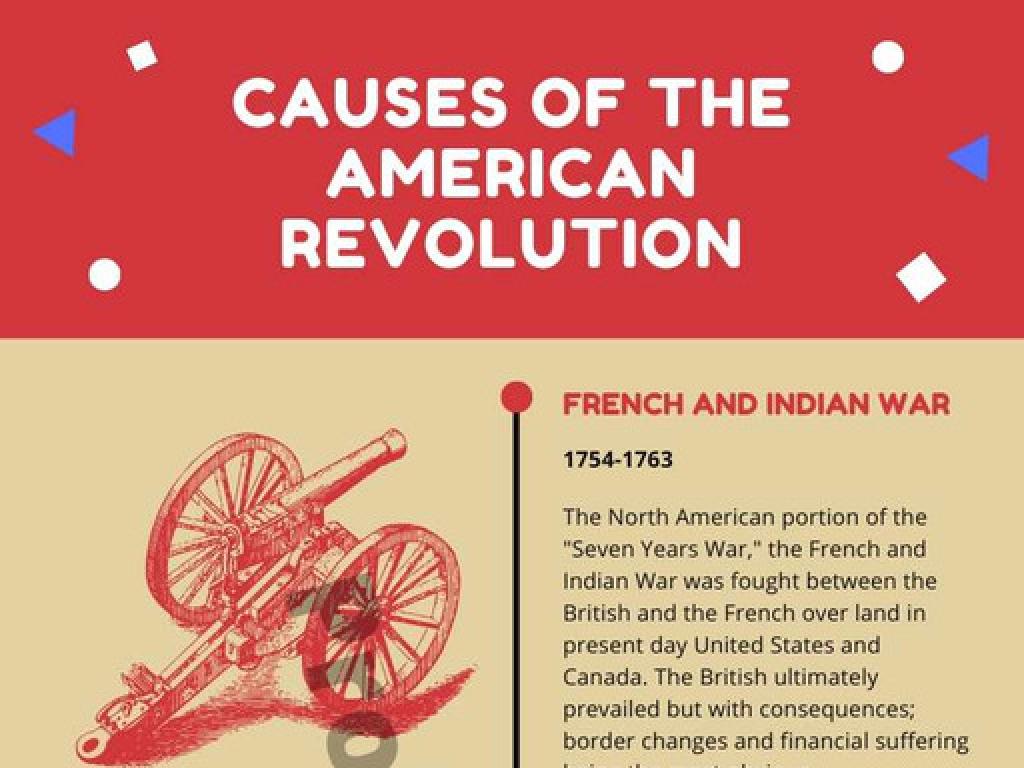Identify Earth'S Land Features
Subject: Social studies
Grade: Kindergarten
Topic: Physical Geography
Please LOG IN to download the presentation. Access is available to registered users only.
View More Content
Exploring Earth’s Land Features
– What is Physical Geography?
– It’s the study of Earth’s landscapes, environments, and places.
– Earth’s land is diverse
– Our planet has mountains, valleys, and plains.
– Different shapes of land
– Land can be flat, bumpy, or really high!
– Types of land we see
– We have hills, islands, and even deserts!
|
This slide introduces kindergarteners to the basics of physical geography, focusing on the various land features found on Earth. Begin by explaining what physical geography is, emphasizing that it’s about the different places and environments on our planet. Use simple language to describe the diversity of land features, such as mountains, valleys, and plains. Show them pictures of each type of land to help them visualize the concepts. Encourage the children to think about the land they see in their own environment and relate it to what they learn. The goal is to spark curiosity about the natural world and the varied forms it takes.
Exploring Earth’s Land Features
– What is Physical Geography?
– It’s the study of Earth’s natural features.
– Earth’s landscapes are clues
– Like a detective, we find clues in the land.
– Mountains, rivers, and deserts
– These are some types of land we’ll explore.
– Be a detective of the Earth
|
This slide introduces Kindergarten students to the concept of Physical Geography as an exciting exploration of Earth’s natural features. Explain that Physical Geography is like being a detective, where instead of looking for clues to solve a mystery, we look at different parts of the Earth to learn more about it. Use simple language to describe mountains as very tall land, rivers as long water paths, and deserts as very big sandy places. Encourage the children to think about these features as clues that tell us the story of our planet. You can ask them if they have seen any of these features in real life or in pictures to make the lesson more interactive and engaging.
Exploring Mountains
– Mountains are tall land
– They reach high like towers
– Let’s pretend to be mountains
– Imagine being a mountain, stretching up!
– Reach up high, stand tall!
– Stand on your toes and stretch your arms up
|
This slide introduces the concept of mountains to Kindergarten students. Emphasize that mountains are parts of the Earth’s land that are very, very tall, much taller than anything they see around them. They can be thought of like giant towers reaching up into the sky. To make this concept interactive and fun, encourage the students to stand up and pretend to be mountains by reaching up high with their arms. This physical activity will help them remember the concept of mountains better. You can also show pictures of mountains to give them a visual understanding. During the next class, ask the students to share their experience of pretending to be mountains and discuss the importance of mountains in our geography.
Exploring Valleys
– Valleys are low areas
– Valleys sit between mountains
– They’re like ground bowls
– Imagine a giant dip in the land
– Make a valley with arms
– Can you curve your arms like a valley?
|
This slide introduces valleys, a basic landform, to Kindergarten students. Start by explaining that valleys are the lower areas found between mountains, helping them visualize by comparing valleys to big dips or bowls in the ground. Encourage the children to use their imagination and make the shape of a valley with their arms, creating a physical connection to the concept. This kinesthetic activity will help them remember what a valley is. You can further this activity by showing pictures of valleys and discussing how they might be used by people and animals. For example, farmers may grow crops in valleys, and animals might use them as pathways.
Exploring Plains
– Plains are big, flat lands
– They’re like a giant playground without any hills or mountains.
– Like huge fields for fun
– Great for playing games, flying kites, and having picnics.
– Imagine running freely there
– Plains are important to Earth
– They’re home to many plants and animals and used for farming.
|
This slide introduces the concept of plains to Kindergarten students in a relatable and imaginative way. Emphasize that plains are vast stretches of flat land, much like the fields they may see around their town or city. Encourage them to visualize running across such an area, which helps them connect with the concept. Explain that plains are not just for play; they are also important for nature and people. Many animals live there, and farmers use plains to grow our food. Use this opportunity to discuss the different activities that can happen on plains and why they are an essential part of Earth’s land features.
Exploring Deserts
– Deserts have lots of sand
– Deserts get very little rain
– Hot in the day, cold at night
– Imagine feeling hot and cold
– Think about summer sun and winter nights
|
This slide introduces kindergarteners to the concept of deserts as part of Earth’s land features. Emphasize the vast stretches of sand that characterize deserts and the scarcity of rain they receive. Discuss the extreme temperature changes from day to night, helping students to relate by comparing it to feeling hot in the daytime sun and cold during winter nights. Encourage them to imagine these conditions to foster empathy and understanding of different environments. Use simple language and relatable comparisons to ensure comprehension at the kindergarten level.
Exploring Islands
– Islands are land surrounded by water
– An island is land all around which is water, like a hill in a bathtub.
– Think of islands as tiny spots in a huge water puddle
– Imagine a small piece of land where you’re surrounded by water everywhere you look.
– Let’s create island shapes with our hands!
– We can use our hands to make an island by putting our fingers together and making a circle.
|
This slide introduces the concept of islands to Kindergarten students in a very simple and relatable way. By comparing islands to familiar objects like ‘little land spots in a big water puddle,’ children can visualize and understand the concept easily. The activity of making an island shape with their hands is a kinesthetic approach to learning, which helps young students to grasp the idea through physical movement and creativity. Encourage the children to think about what it would be like to be on an island and what they might see around them. This activity can be followed by showing pictures of different islands or by creating island shapes with playdough for a more interactive experience.
Exploring Rivers and Lakes
– Rivers flow across the land
– Like a long water road on Earth
– Lakes are big pools of water
– You can swim and catch fish here
– Pretend swimming activity
– Let’s move our arms like we’re swimming!
|
This slide introduces the young learners to the concepts of rivers and lakes as part of Earth’s land features. Explain that rivers are like roads made of water that travel long distances across the land, and lakes are like big bathtubs where people can swim and fish. Engage the students with a fun activity where they can pretend to swim in place, imitating the action of swimming in a lake. This kinesthetic activity helps them connect the concept of lakes with an action they are familiar with. Encourage them to think about what it feels like to be in water and to share any experiences they have had at rivers or lakes.
Class Activity: Create Your Land Feature!
– Make a land feature with playdough
– Choose your favorite to create
– Shape it using your hands
– We’ll discuss our creations together
|
This activity is designed to be a hands-on experience for the students to understand Earth’s land features. Provide a variety of playdough colors and encourage the children to think about the land features they’ve learned about, such as mountains, valleys, rivers, and plains. As they create, walk around the classroom to discuss their work in progress, asking questions about why they chose that feature and how they are shaping it. Once everyone is done, have a show-and-tell session where each student presents their creation to the class. This will help them articulate their understanding and learn from each other. Possible variations of the activity could include working in pairs to create a landscape, using additional materials to decorate their land feature, or even combining everyone’s creations to form a large class landscape.





